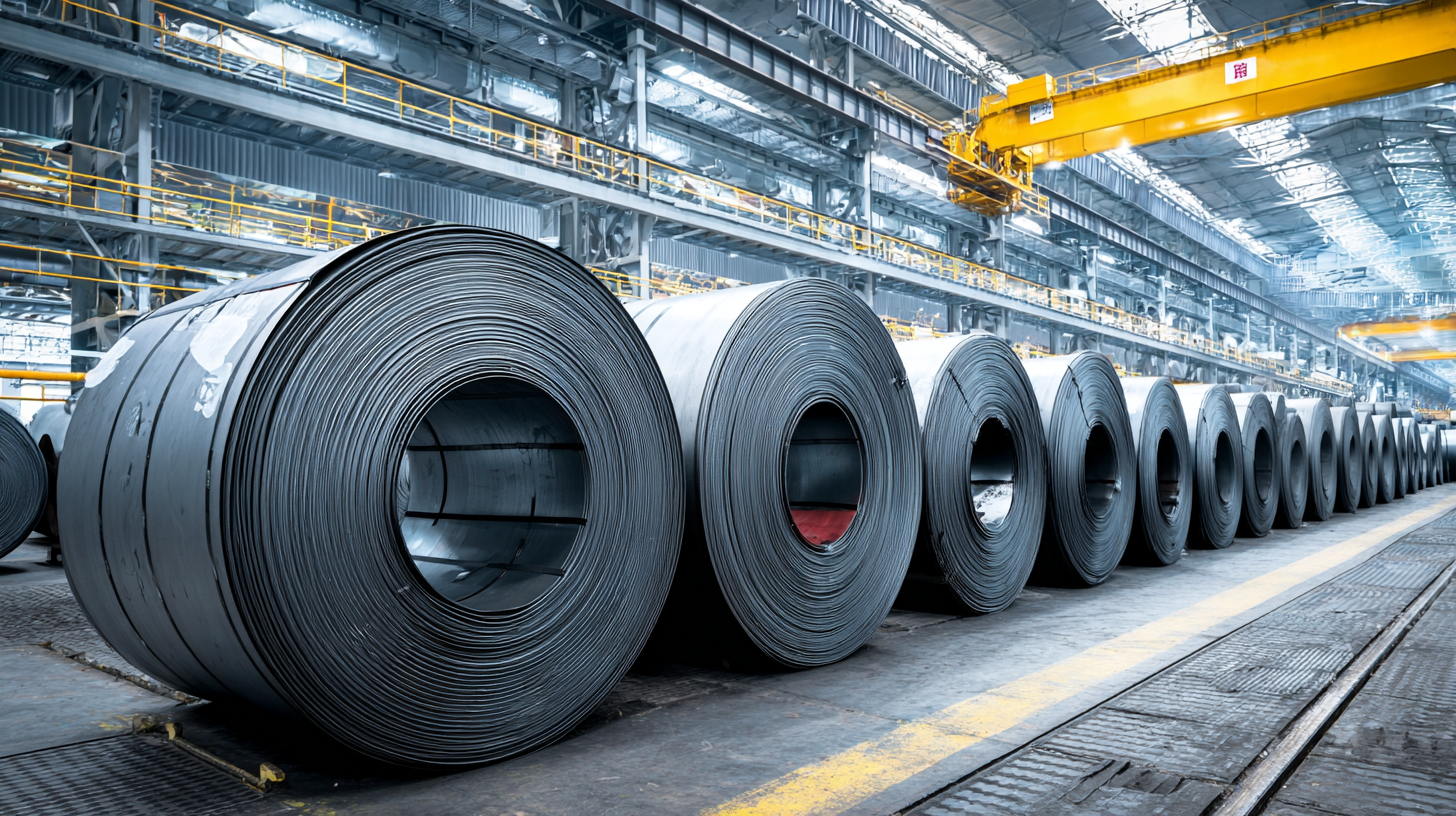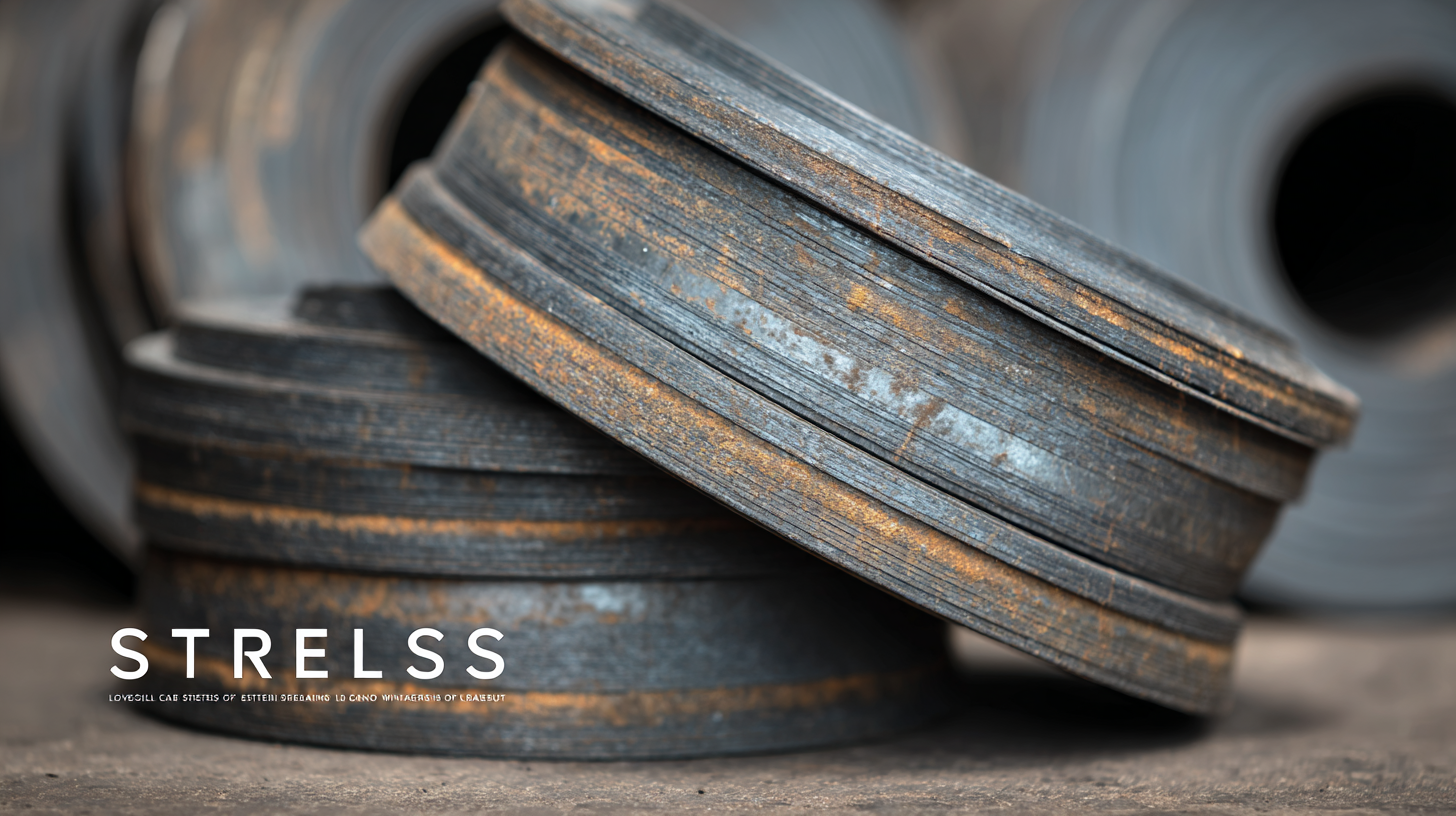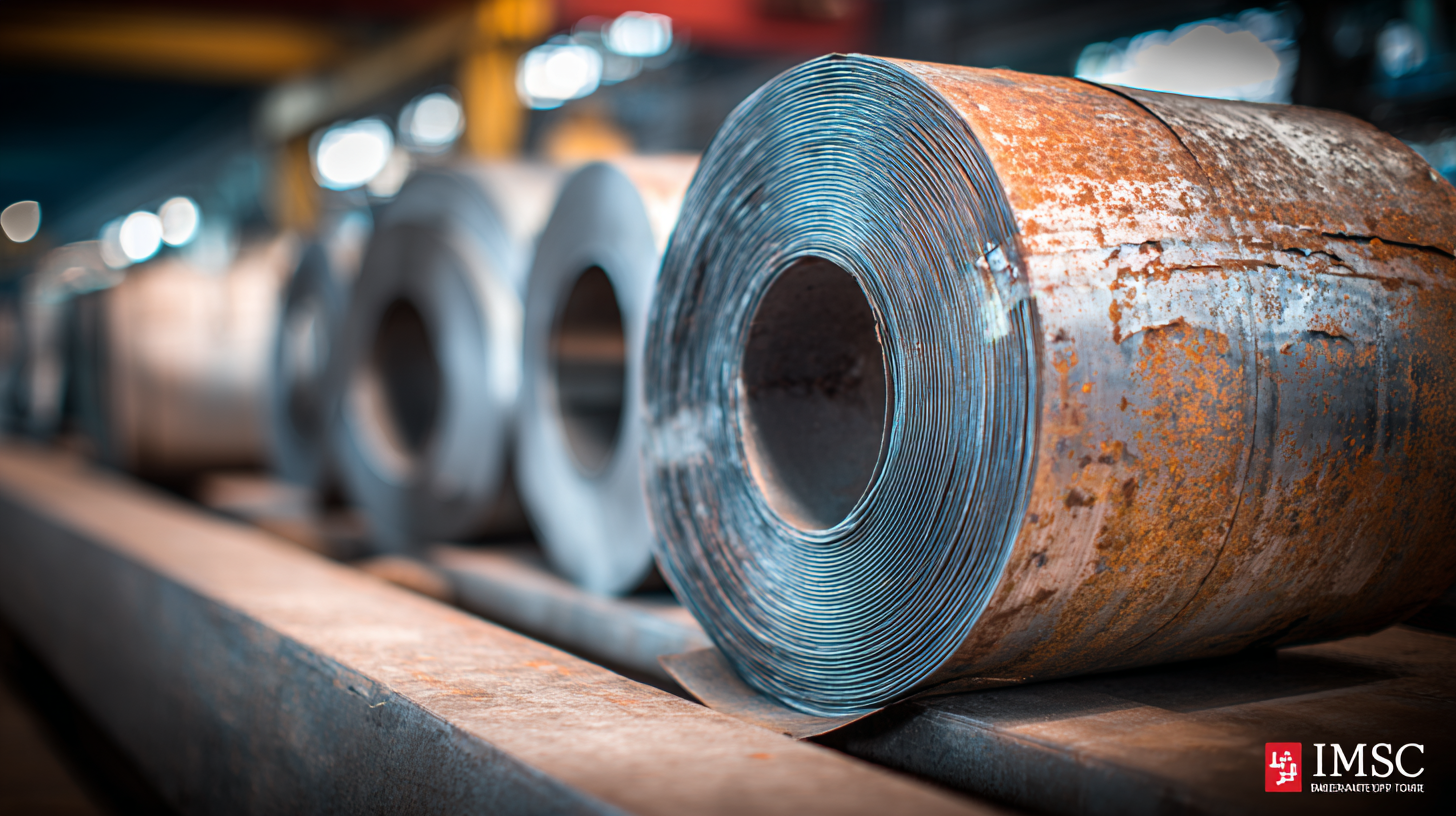 In the competitive global market, the selection of high-quality materials is crucial for manufacturers seeking to enhance productivity and reduce costs. Among these materials, "Steel Coils Low Carbon Strips" have gained prominence due to their versatility and strength. According to a report by the World Steel Association, low carbon steel accounted for over 45% of total steel consumption in 2022, reflecting its significant role in various industries, including construction and automotive. The benefits of utilizing high-grade steel coils extend beyond mere performance; they encompass compliance with industry standards, improved workability, and cost-effectiveness. This blog delves into the seven proven advantages of choosing the best steel coils low carbon strips for global buyers, while also considering the essential import and export certifications that ensure quality and reliability in an increasingly regulated marketplace.
In the competitive global market, the selection of high-quality materials is crucial for manufacturers seeking to enhance productivity and reduce costs. Among these materials, "Steel Coils Low Carbon Strips" have gained prominence due to their versatility and strength. According to a report by the World Steel Association, low carbon steel accounted for over 45% of total steel consumption in 2022, reflecting its significant role in various industries, including construction and automotive. The benefits of utilizing high-grade steel coils extend beyond mere performance; they encompass compliance with industry standards, improved workability, and cost-effectiveness. This blog delves into the seven proven advantages of choosing the best steel coils low carbon strips for global buyers, while also considering the essential import and export certifications that ensure quality and reliability in an increasingly regulated marketplace.
Low carbon steel coils have emerged as a significant player in the construction materials market, underscoring their value through various statistical insights. Recent analyses indicate that the global low carbon steel market is projected to grow steadily, with a compound annual growth rate (CAGR) of approximately 5% from 2023 to 2030. This growth is primarily fueled by the increasing demand for durable and cost-effective materials in construction projects ranging from residential to commercial structures.
One of the standout benefits of low carbon steel coils is their excellent workability and welding characteristics, which make them ideal for various applications in construction. According to industry reports, low carbon steels can be manipulated more easily than their high carbon counterparts, leading to reduced production time and overall costs. Further, the lightweight nature of these steel coils contributes to efficiency in transportation and handling on construction sites, enhancing project timelines and budgets. As developers seek sustainable and manageable material options, the widespread adoption of low carbon steel coils is expected to continue, making them a resilient choice for future construction endeavors.

Low carbon strips have emerged as a vital component in the manufacturing sector, significantly enhancing operational efficiency and product quality. Their unique properties, such as excellent formability, weldability, and ductility, make them ideal for a wide range of applications across industries. When manufacturers choose high-quality low carbon steel coils, they can easily mold and shape materials to fit specific design requirements, thus minimizing waste and optimizing production processes. This versatility allows for quicker turnaround times and more consistent results, which are crucial in today’s fast-paced market.
Moreover, the use of low carbon strips contributes to improved overall performance in machinery and products. By reducing the risk of brittleness and enhancing fatigue resistance, these materials enable manufacturers to produce durable components that can withstand rigorous use. Additionally, low carbon strips facilitate better joining techniques, allowing for seamless assembly processes. This not only cuts down on labor costs but also ensures greater reliability in the final products, ultimately leading to higher customer satisfaction. Embracing low carbon strips not only elevates manufacturing standards but also positions businesses to thrive in a competitive landscape.

When sourcing materials for global markets, the choice of steel coils, especially low carbon strips, can significantly impact economic performance. High-quality steel coils are not only durable but also reduce the need for frequent replacements, which translates to lower long-term costs. This durability is essential for manufacturers looking to optimize their operations and maintain competitive pricing. Additionally, sourcing steel coils from reputable suppliers ensures that the raw materials meet international standards, reducing the risk of defects that can lead to costly delays and repairs.
Furthermore, high-quality steel coils enhance manufacturing efficiency. These materials often feature superior workability and flexibility, allowing manufacturers to produce a wider range of products with precise specifications. The economic advantages extend to reduced wastage during production, as high-grade steel is easier to manipulate and shape. Ultimately, investing in the best low carbon steel strips not only supports sustainable production practices but also provides a significant return on investment, making them a wise choice for global buyers seeking to thrive in the competitive market landscape.
The benefits of sourcing high-quality low carbon steel coils are numerous. This chart illustrates the economic advantages of investing in superior steel materials, focusing on crucial factors that influence global buyers' decisions.
Low carbon steel has emerged as a sustainable choice for global buyers seeking to minimize their environmental impact. One of the key factors contributing to the sustainability of low carbon steel is its relatively lower carbon footprint during production compared to higher carbon alternatives. The manufacturing process for low carbon steel often requires less energy, resulting in decreased greenhouse gas emissions. Moreover, advancements in technology have led to the implementation of cleaner production methods, further enhancing its eco-friendliness.
Another important aspect of low carbon steel is its recyclability. Steel is one of the most recycled materials globally, and low carbon variants can be repurposed without losing their inherent properties. This closed-loop recycling process not only conserves raw materials but also reduces waste in landfills. Buyers are increasingly prioritizing materials that contribute to a circular economy, making low carbon steel a compelling option for those committed to sustainable practices. By choosing low carbon steel coils and strips, companies are not only supporting environmentally responsible sourcing but also aligning themselves with the growing demand for sustainable manufacturing solutions.
When it comes to steel coils, the distinction between low carbon strips and high carbon variants significantly impacts their suitability for various industrial applications. Low carbon strips, typically containing less than 0.3% carbon, are known for their excellent ductility and formability. This makes them ideal for applications that require intricate shaping and bending, such as in the automotive industry, where flexibility and ease of processing are paramount. Moreover, their lower carbon content equates to reduced brittleness, enhancing their durability during production.
In contrast, high carbon strips, with a carbon content exceeding 0.6%, are celebrated for their hardness and strength. This makes them particularly advantageous in applications requiring wear resistance, such as cutting tools, springs, and high-strength fasteners. However, these properties come with limitations; high carbon strips are less malleable and harder to weld, which can impede their usability in certain contexts. Therefore, selecting the right type of steel strip is crucial for manufacturers aiming to optimize performance and longevity based on specific application requirements. Understanding these inherent characteristics is essential for global buyers looking to invest wisely in steel coil products.





